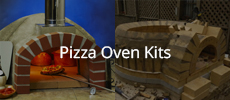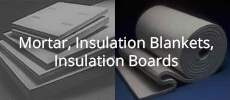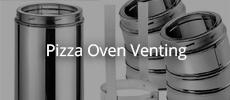Originally posted by UtahBeehiver
View Post
It's a good remark about the porosity of the vermicrete. I am planning on covering the outer layer with plaster and then a sealing layer, so after that it won't be able to breathe anymore. However, I did also fit the chimney connection with David's design of having some vent holes there. I was thinking of getting the insulation wool to touch up to that, but worried a little about fibres getting loose. Now I think I'll just put some very loose vermicrete around the openings and get the best of both worlds.






 .
.
Leave a comment: